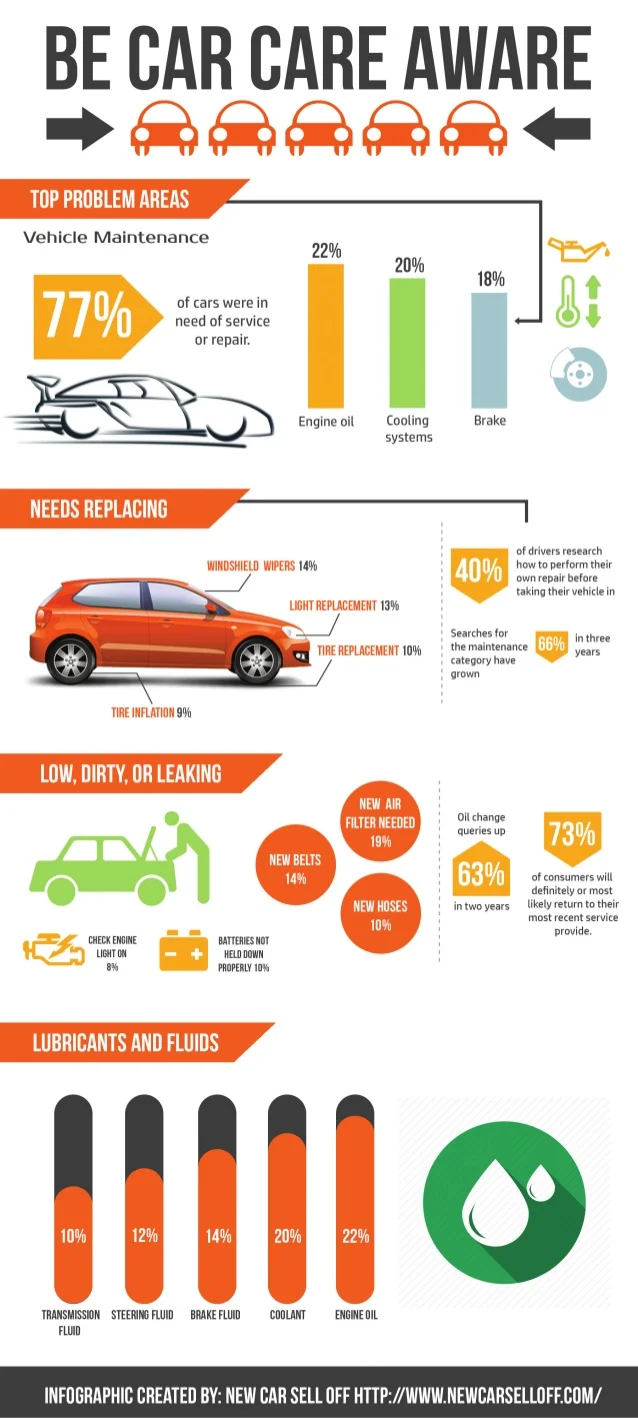Comprehending Your Automobile'S Warning Lighting: What Do They Truly Mean?
Comprehending Your Automobile'S Warning Lighting: What Do They Truly Mean?
Blog Article
Material Composed By-Lim Corbett
When you lag the wheel, those glowing warning lights on your dashboard can be a little bit perplexing. Do you know what they're trying to tell you concerning your car's wellness? Recognizing the value of these lights is crucial for your safety and security and the longevity of your automobile. So, the following time among those lights pops up, would not you wish to understand its message accurately and take the essential steps to address it?
Common Warning Lights and Interpretations
Determine typical caution lights in your vehicle and recognize their meanings to ensure safe driving.
The most common caution lights include the check engine light, which signifies problems with the engine or discharges system. If this light comes on, it's essential to have your car checked quickly.
The oil stress advising light shows reduced oil pressure, calling for instant focus to avoid engine damage.
A flashing battery light could recommend a malfunctioning billing system, possibly leaving you stranded otherwise resolved.
The tire pressure monitoring system (TPMS) light notifies you to reduced tire pressure, influencing automobile stability and fuel performance. Overlooking this might cause risky driving conditions.
The abdominal light suggests a problem with the anti-lock braking system, compromising your capacity to stop swiftly in emergencies.
Last but not least, the coolant temperature advising light warns of engine overheating, which can cause severe damage otherwise fixed promptly.
Recognizing these common caution lights will certainly help you address problems promptly and maintain risk-free driving problems.
Value of Prompt Interest
Comprehending the usual warning lights in your car is only the very first step; the importance of immediately attending to these warnings can not be highlighted sufficient to guarantee your safety on the road.
When a warning light illuminates on your dashboard, it's your automobile's method of connecting a possible problem that needs focus. Disregarding these cautions can lead to a lot more extreme issues down the road, jeopardizing your safety and security and potentially costing you a lot more out of commission.
Motivate focus to cautioning lights can avoid failures and crashes. For instance, a blinking check engine light might indicate a misfire that, if left neglected, might cause damage to the catalytic converter. Resolving this immediately can conserve you from an expensive repair work.
Likewise, a brake system cautioning light could signify low brake liquid or used brake pads, vital components for your safety and security when driving.
Do It Yourself Troubleshooting Tips
If you see a warning light on your dashboard, there are a few DIY troubleshooting ideas you can attempt prior to seeking specialist help.
Read More Listed here is to consult your cars and truck's manual to recognize what the certain warning light shows. In some cases the concern can be as simple as a loose gas cap activating the check engine light. Tightening up the gas cap might deal with the issue.
https://brakerepairnearme17395.blogacep.com/37321431/exactly-how-to-pick-the-right-cars-and-truck-outlining-solution-for-your-needs is a low battery, which can activate numerous warning lights. Examining the battery connections for corrosion and guaranteeing they're protected might deal with the issue.
If a caution light continues, you can try resetting it by separating the car's battery for a few minutes and after that reconnecting it. Additionally, inspecting your car's fluid levels, such as oil, coolant, and brake fluid, can help fix warning lights related to these systems.
Final thought
In conclusion, comprehending your cars and truck's warning lights is necessary for maintaining your automobile running smoothly and safely. By quickly attending to these notifies and recognizing what they mean, you can stay clear of costly repair work and prospective failures.
Bear in mind to consult your auto's handbook for particular information on each cautioning light and do something about it accordingly to make certain a trouble-free driving experience.
Stay educated, stay safe when traveling!
